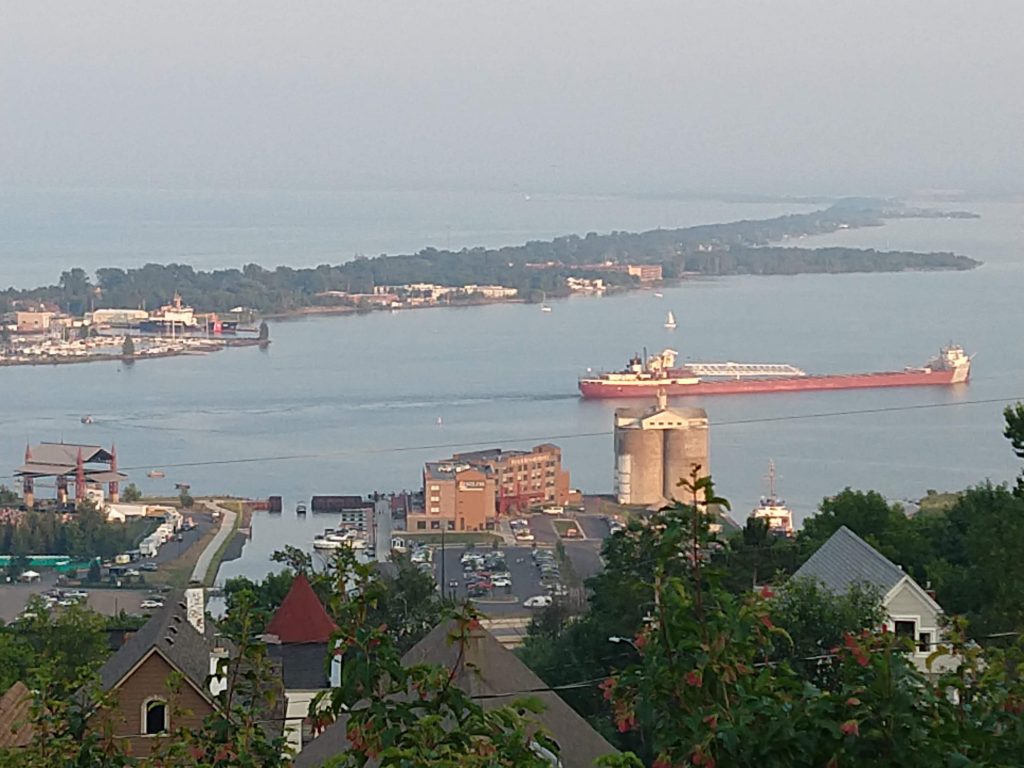By Tom Hollenhorst, EPA Office of Research and Development, Toxicology and Ecology Division
This is part of the Smart Project Series—stories published by Smart Great Lakes Initiative (SGLi) partners that explore current or future projects that sum up what it means to be “smart,” as established in the Common Strategy for Smart Great Lakes.
The Common Strategy is the key document of the SGLi and will be available for public comment Aug. 23-Sept. 24. Learn more and review the document.

Goal: Understand existing monitoring programs being conducted within the St. Louis River Estuary and integrate them to form a long-term, self-sustaining monitoring network that is organized amongst the participating organizations, under the principles of: adaptive management, collaborative leadership, distributed implementation and funding responsibilities, and coordinated data sharing.
Objectives:
- Fully understand what monitoring programs are being implemented within the estuary, identifying: programs, lead organizations and staff, parameters, frequencies, intervals, media, sampling locations, funding sources, and data management platforms.
- Integrate monitoring information to:
- Reduce duplication of efforts, if needed
- Identify data gaps needed to support future project implementation and who should fill them, focusing on implementation project priorities established in the Lake Superior Lakewide Action and Management Plan, the Lower St. Louis River Habitat Plan, the Biodiversity Conservation Strategy for the St. Louis River Basin, and other
- Identify long-term indicators needed to define a “state of the estuary” over time (e.g., contaminants of emerging concern, responses to climate changes, early HAB warning indicators, etc.)
- Establish a communication and collaboration framework that coordinates individual efforts to advance mutual decision-making and data sharing in support of long term management of the estuary
- Establish a long-term data repository for data contributed by multiple agencies and institutions (including state, tribal, university and NGO collected data).
Strategy:
Develop a series of workshops and tools to gather the information described above. Participants will engage in a series of workshops to achieve the goals and objectives outlined above. The output will be a document that:
- summarizes the data gathered in a reference compendium
- identifies data gaps in the context of project implementation priorities and makes recommendations for filling them
- establishes long-term indicators of estuary health and identifies what agencies will collect that data
- establishes a charter for the collaboration framework for a cohesive, multi-party monitoring system and identifies its initial leaders
- establishes a data framework and repository for long term monitoring, indicator analysis and adaptive management.